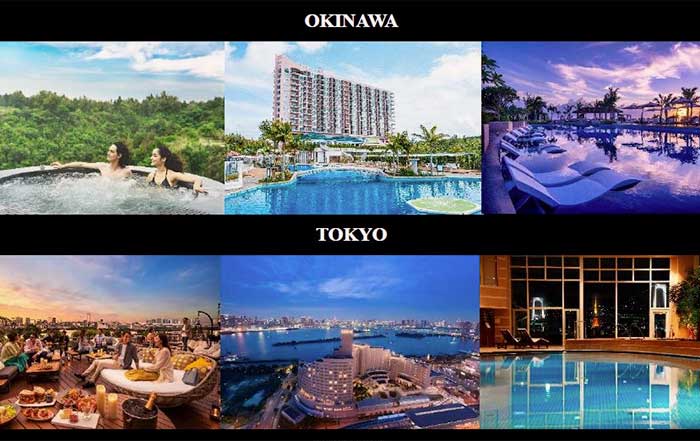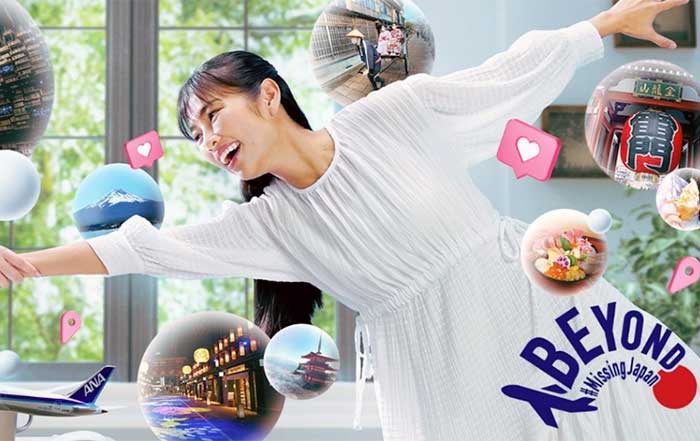Visiting the iconic Fuji Film Headquarters in Tokyo is a must for any avid traveller to Japan. Located in the bustling city of Tokyo, Fuji Film Headquarters offers a unique look into the world of imaging technology and filmmaking. The world-renowned building houses the heart of one of the world’s most iconic and successful film production companies.
Ever since Fuji Film Headquarters was built, it has been at the forefront of the film industry ever since. The building looks like a sleek, modern fortress. Its facade is covered in brushed metal and glass panels, making it a sight to behold. Inside, the building houses a number of production studios, a research and development centre, and a state-of-the-art theatre.
A tour of the Fuji Film Headquarters begins with a visit to the lobby. Here, visitors marvel at the impressive lobby area, which features a variety of art pieces, statues, and interactive displays. In addition, visitors can explore the lobby's many interactive exhibits, which showcase the company's impressive film portfolio. A number of production studios are located throughout the building. During the tour, visitors can take a peek inside some of these studios and explore the various departments and special effects rooms. In the research and development centre, visitors can get a better understanding of the technology that goes into the production of Fuji Film's products.
The tour logically concludes with a visit to the theatre. The theatre houses a number of screening rooms, projection systems, and a state-of-the-art sound system. Here, visitors can sit back and relax while watching a selection of classic and contemporary films. Visiting Fuji Film’s Headquarters is not just a great educational experience; it is also a unique tourist attraction in Tokyo.
Guests can take part in a truly unique experience while learning more about the world of film production. If you’re looking for a unique and educational experience, then a tour of Fuji Film Headquarters is an experience you won’t want to miss. Here’s a touring guide for keen photography enthusiasts:
For many photography and film fans, a visit to the iconic Fuji Film Headquarters in Tokyo can be enchanting. As noted, Fuji Film Headquarters is a legendary institution that has been a part of the Tokyo skyline since the 1930s. Visitors to the Fuji Film Headquarters can explore the company's history and its products, learn about their revolutionary technologies, see their iconic products on display, and take a tour of the legendary factory. Yes, Fuji Film Headquarters is a great place to start your photographic journey in Japan.
As you enter the building, you'll be greeted by a huge entrance hall with walls of glass showcasing the company's latest products. You'll then be able to explore the different floors of the building, where you can find a variety of exhibits and displays about the company, its products, its history, and its technological achievements. The building's first floor is home to the main exhibition hall, where you'll find a range of displays about the company's products, from the latest cameras and lenses to the classic film cameras. You'll also find a variety of interactive displays featuring videos and multimedia content about the company's history and its products.
On the second floor, you can explore the history of the company and its products through the displays of the Museum of Fuji Film. Here, you can learn about the company's success and its revolutionary technologies, such as the world's first digital camera. You'll also find a range of interactive displays featuring videos and multimedia content about the company's products.
The third floor of the building is the home of the Fuji Film Factory Tour. This tour will take you around the factory, where you'll be able to witness the manufacturing process of the company's products. You'll also get to visit the laboratory, where the latest innovations in digital photography are being developed. The fourth floor of the building is home to the Fuji Film Gallery, which is packed with exhibits and displays about the company's products and history.
Finally, the fifth floor of the building is the home of the Fuji Film Cafe, where you can take a break from your tour and sample some of the company's products. Here, you can purchase a range of products, including prints and posters, as well as souvenirs and gifts. Visiting Fuji Film Headquarters is a great way to learn the history and culture of the company and to get to know the products and technologies that have made them so popular. So, if you're planning a Tokyo trip, make sure to include Fuji Film Headquarters in your itinerary.




